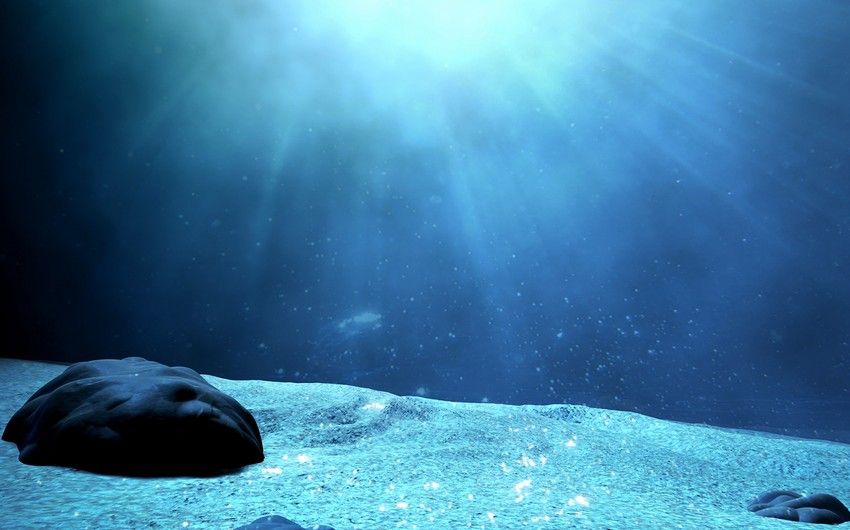Oxygen-producing minerals discovered at bottom of Pacific Ocean

By Alimat Aliyeva
An international team of researchers from Scotland, the USA and other countries has discovered that metallic minerals on the ocean floor are capable of producing oxygen. The discovery challenged the notion that the Earth's hydrosphere is oxygenated only by photosynthetic organisms (algae and phytoplankton), Azernews reports.
The gas released by deep rocks has been called "dark oxygen" because it appears without sunlight at a depth of about four kilometers.
According to experts, oxygen is produced by polymetallic nodules — natural mineral deposits on the seabed. They contain cobalt, nickel, copper, lithium, manganese and other valuable elements.
Scientists accidentally made the discovery while studying the seabed in the Clarion-Clipperton zone, a mountain underwater ridge in the northeast Pacific Ocean. When the sensors detected the appearance of oxygen, the team first assumed that the equipment had failed. However, the gas content was confirmed during subsequent inspections.
In the course of further research, it turned out that oxygen is formed as a result of an electrochemical reaction that occurs when rust comes into contact with salt water. A voltage of 1.5 volts is sufficient to split seawater. Individual nodules can reach voltages up to 0.95 volts. Combining into clusters, they produce a powerful enough current to decompose the surrounding liquid into oxygen and hydrogen.
Scientists have noted that an open natural mechanism may be critically important for oxygenating the depths of the ocean.
---
Follow us on Twitter @AzerNewsAz
Here we are to serve you with news right now. It does not cost much, but worth your attention.
Choose to support open, independent, quality journalism and subscribe on a monthly basis.
By subscribing to our online newspaper, you can have full digital access to all news, analysis, and much more.
You can also follow AzerNEWS on Twitter @AzerNewsAz or Facebook @AzerNewsNewspaper
Thank you!
